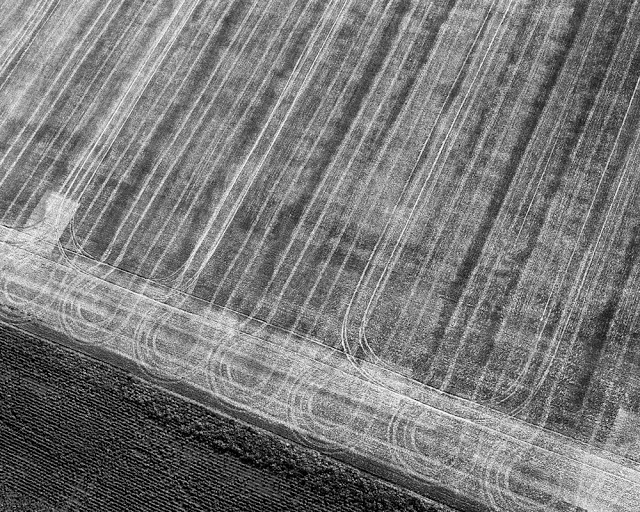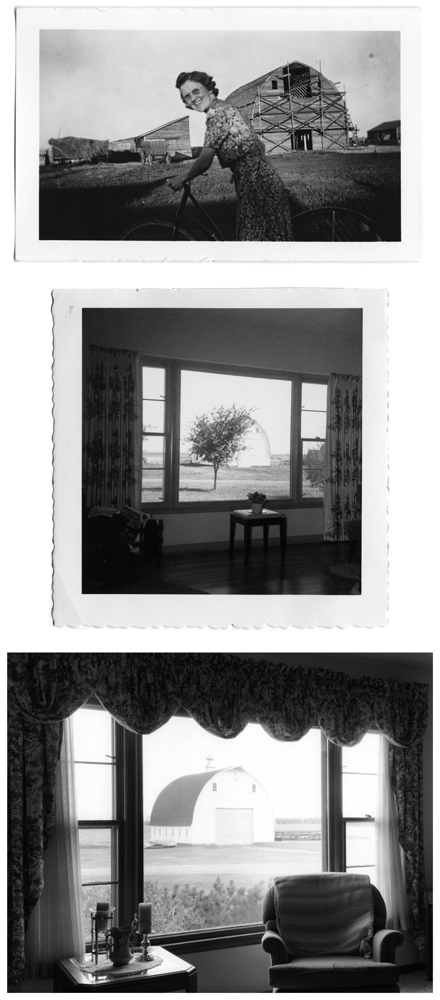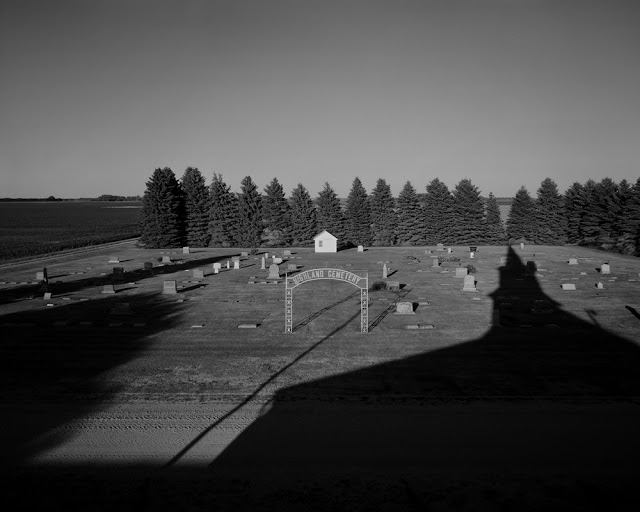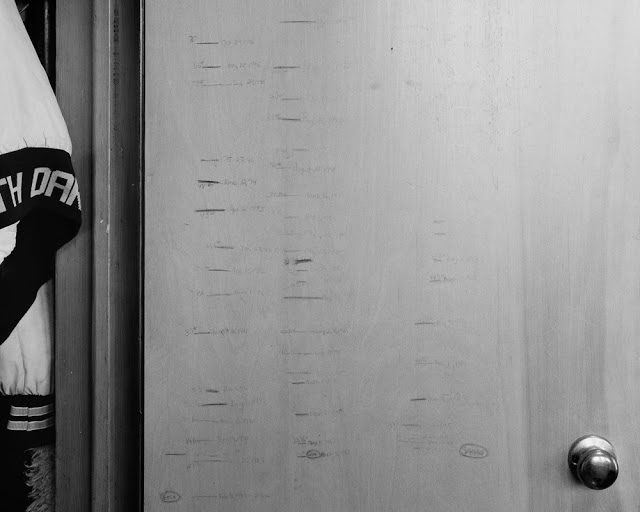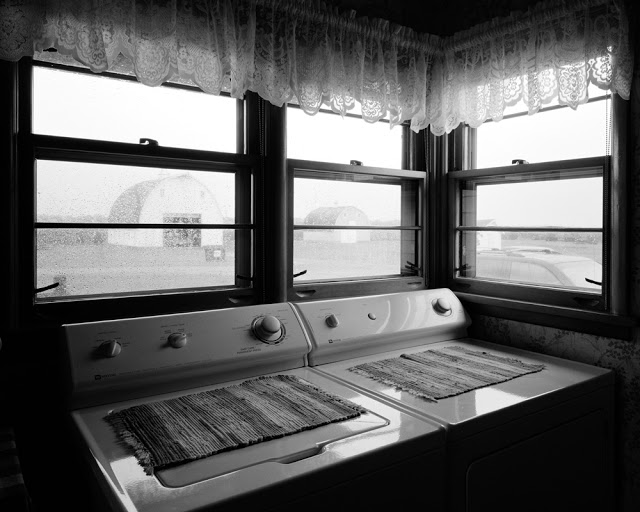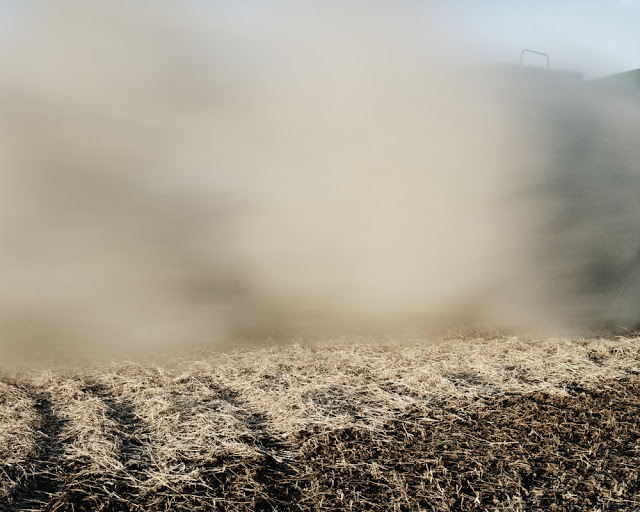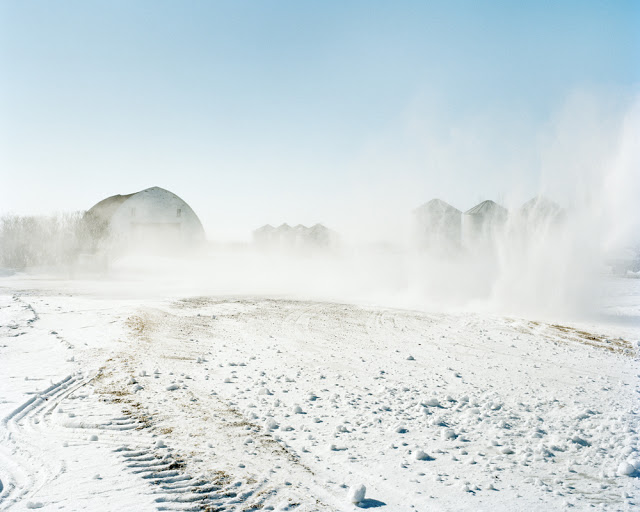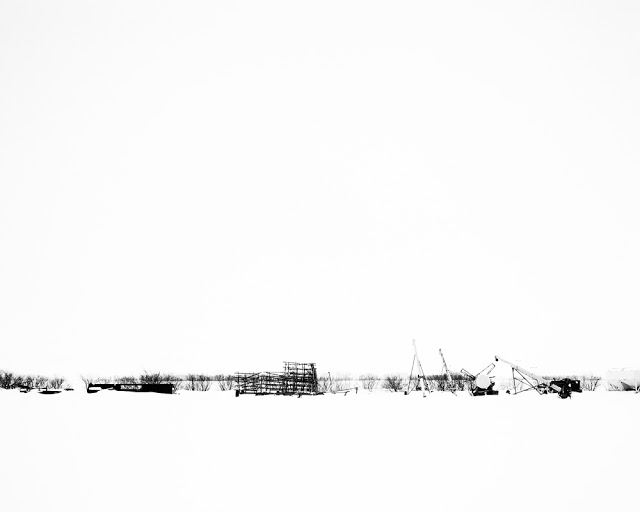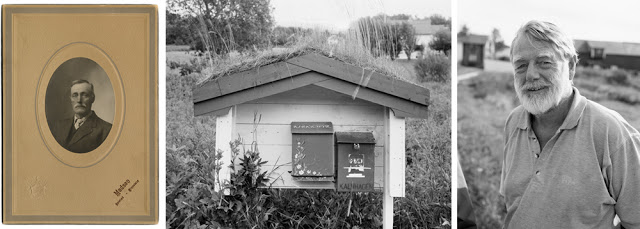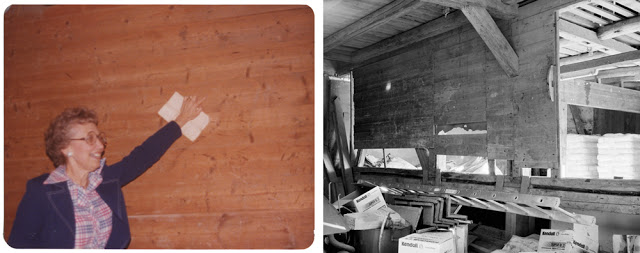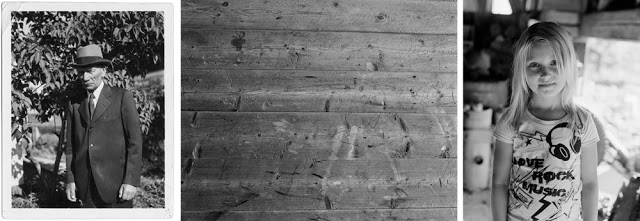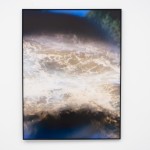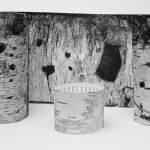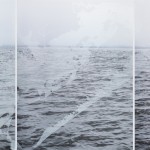Sarah Christianson
I first featured the work of Sarah Christianson on Lenscratch several years ago after attending her presentation at the West Coast regional SPE conference. I was drawn to her photographs and story about her four-generation family farm in North Dakota. Not only was the work compelling and beautifully executed, but her story stayed with me long after the conference.

Sarah sent me the good news that Daylight will be publishing that same body of work, Homeplace ,in the Fall of 2013, and because it is her first book, she will be sharing in the publishing costs through Indiegogo. Sarah needs support to make this a reality, and if you would like to contribute, go here.
Sarah grew up on the family farm near Cummings, North Dakota. Immersed in that vast expanse of the Great Plains, she developed a strong affinity for the landscape and the stories it contains. This experience has had a profound effect on her work, as she enjoys creating narratives about place and personal experience through time, historical research, and the landscape.
Her work has been exhibited internationally and can be found in the collections of several institutions in the Midwest and the National Museum of Photography in Copenhagen, Denmark. She received a BFA in photography at Minnesota State University Moorhead in 2005 and an MFA in photography from the University of Minnesota in 2009. Since then, she has been living in the San Francisco Bay Area where she teaches photography at City College of San Francisco, volunteers at RayKo Photo Center, and remains an active member of the Society for Photographic Education. She has several exhibitions on the horizon and is getting married in August. Congratulaltions all around!
Home, for me, will always be a 1200-acre farm in the Red River Valley of eastern North Dakota. Its original 160 acres were homesteaded in 1884 by my great-great grandfather, a Norwegian immigrant. My parents are now the fourth, and last, consecutive generation to work our land, as my siblings and I (like so many other young people) have all moved away to pursue other careers. These circumstances provided me with the impetus to document our farm and its origins in Norway at this critical juncture.
I combine my images with materials from my family’s archive, such as documents and snapshots, to create a rich multi-layered narrative. Just as different layers of texts intermingle on reused ancient manuscript pages, the history of our farm is marked again and again on the land as a palimpsest. As world populations shift from agrarian to urban lifestyles, our small family farm is only one amongst many that are approaching a crossroads. What will happen to them? Who will maintain these traditions and what does this tradition mean?
Posts on Lenscratch may not be reproduced without the permission of the Lenscratch staff and the photographer.
Recommended
-
Paccarik Orue: El MuquiDecember 9th, 2025
-
Jackie Mulder: Thought TrailsNovember 18th, 2025
-
Interview with Maja Daniels: Gertrud, Natural Phenomena, and Alternative TimelinesNovember 16th, 2025
-
Mara Magyarosi-Laytner: The Untended GardenOctober 8th, 2025
-
Conner Gordon: The OverlookOctober 4th, 2025

